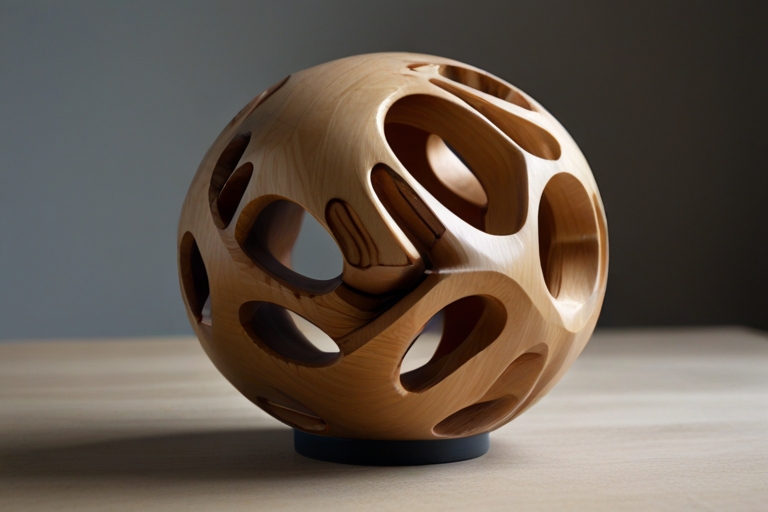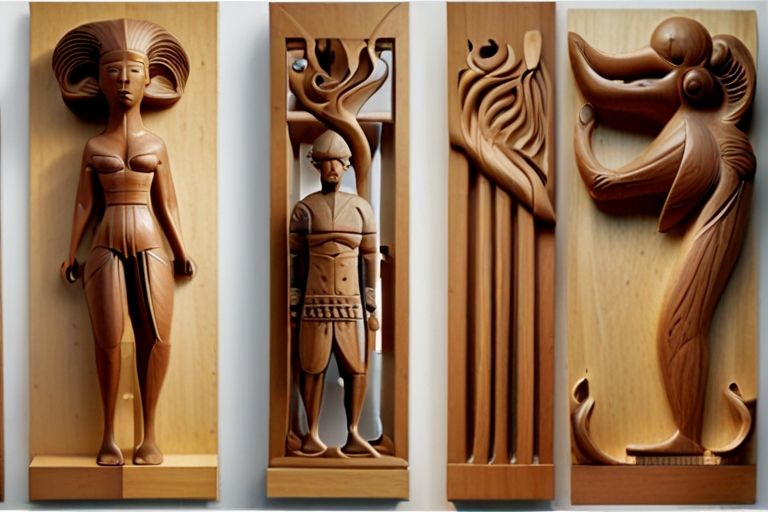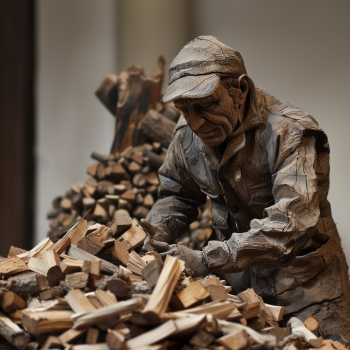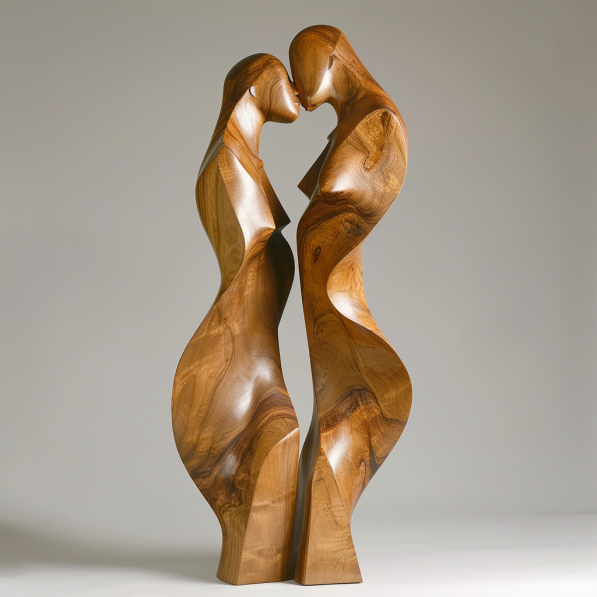Wood Relief Sculpture: Depth and Texture in Art
Wood relief sculpture is an ancient and captivating art form that brings depth and texture to the world of artistic expression. In this article, we will delve into the fascinating realm of wood relief sculpture, exploring its techniques, history, and unique ability to create visually striking and tactile artworks.
1. Embracing Three-Dimensional Expression:
Wood relief sculpture stands apart from traditional two-dimensional art by embracing the three-dimensional realm. This technique allows artists to bring their creations to life, offering a sense of depth and dimensionality that draws the viewer into the artwork.
2. Exploring Positive and Negative Spaces:
Relief sculptures play with positive and negative spaces, creating a captivating interplay between the raised forms and the recessed background. This duality of space adds a dynamic quality to the artwork, engaging the viewer’s eye and imagination.
3. Sculpting with Texture:
Texture is a defining feature of wood relief sculpture. Artists skillfully carve, chisel, and shape the wood surface to create intricate textures, adding visual interest and a tactile element to the artwork.
4. Historical Significance:
Wood relief sculpture has a rich historical significance, dating back to ancient civilizations. From ancient Egyptian hieroglyphics to intricate medieval church decorations, relief art has been used to convey stories, emotions, and cultural narratives throughout history.
5. Versatility of Subject Matter:
One of the strengths of wood relief sculpture is its versatility in subject matter. Artists can depict a wide range of themes, from natural landscapes and wildlife to mythological scenes and human emotions, making it a diverse and expressive art form.
6. Capturing Light and Shadow:
The play of light and shadow on the sculpted surface enhances the visual impact of wood relief artworks. The interplay of light not only adds depth but also creates a sense of drama and atmosphere within the piece.
7. Techniques and Tools:
Wood relief sculpture requires precision and skill. Artists employ various tools, such as chisels, gouges, and knives, to achieve the desired depth and detail in their creations. The mastery of these techniques allows for intricate and stunning designs.
8. Expression of Emotion:
Through the careful manipulation of wood, artists can convey a wide range of emotions in their relief sculptures. The contoured forms and detailed expressions of the subjects evoke feelings of joy, sorrow, contemplation, and wonder.
9. Contemporary Interpretations:
While rooted in tradition, wood relief sculpture continues to evolve in the contemporary art world. Artists experiment with new materials, styles, and subject matters, infusing fresh perspectives into this time-honored craft.
10. Cultural Significance:
Wood relief sculptures are not only aesthetically pleasing but also hold cultural and religious significance in many societies. From decorative panels in temples to intricate architectural ornamentation, wood reliefs reflect the values and beliefs of different cultures.
Conclusion
Wood relief sculpture is a captivating art form that transcends time, encompassing historical, cultural, and emotional significance. The interplay of depth, texture, and light in wood relief artworks creates visually engaging and emotionally resonant pieces of art. As artists continue to push the boundaries of this ancient technique, wood relief sculpture remains a testament to the enduring power of creativity and craftsmanship in the world of art.






